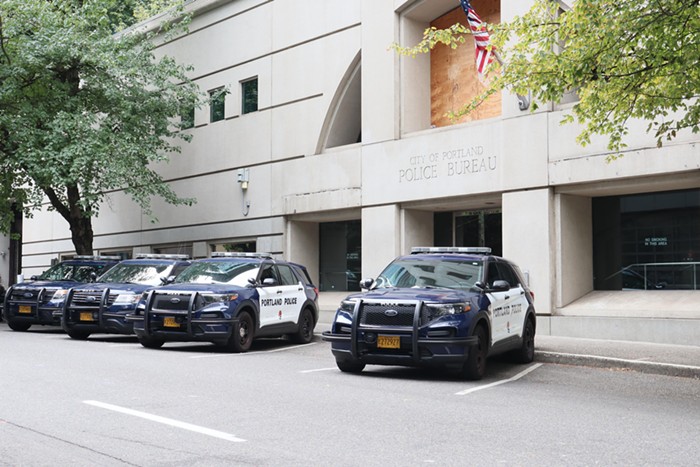Acquaintance with grief turns out to be one of the more unusual prerequisites of architectural appreciation. We might, quite aside from all other requirements, need to be a little sad before buildings can properly touch us."
This isn't the way most writers hold forth on the topic of architecture, but most writers aren't Alain de Botton, and few possess his poetic gift for teasing evocative philosophies from the things we overlook most in life.
In The Architecture of Happiness, the London-based author turns to the dwellings and structures that house us, exploring what it is that makes spaces inviting, depressing, beautiful, playful, or frivolous. Considering everything from Nazi architecture to ultramodern bathroom faucets to Neolithic burial chambers to Swiss suspension bridges, de Botton contends that "we look to architecture to support a way of life that appeals to us" and that architectural styles become "emotional souvenirs of the moments and settings in which we come across them."
De Botton concludes that we, personally and socially, find something beautiful when it contains something that we miss in life. He beautifully illustrates this with the story of Le Corbusier's proto-modern, cubic, bare-bulb apartments that he built in 1925 for manual workers in the Bordeaux region. Le Corbusier, rejecting bourgeois frilliness and sentimentality, constructed an architectural ode to the technological and industrial revolution, which must have struck him as impossibly smart, modern, and efficient. But the workers who left their families in the country to spend 12 hours a day in cold, unforgiving factories saw no need to romanticize the dynamism of modern industry, and "ruined" Le Corbusier's vision by adding picket fences, flowered wallpaper, pitched roofs, and shutters.
De Botton goes on to consider factors like innovation vs. order in design, the roles of church and regionalism in our affections for buildings, and how bad architecture stems from the same tendency that leads us to "marry the wrong people, choose inappropriate jobs, and book unsuccessful holidays." De Botton ultimately describes the architectural harmony as the elusive moments where "spirit is aligned with logic," and I can think of no better description for this beautiful book.














